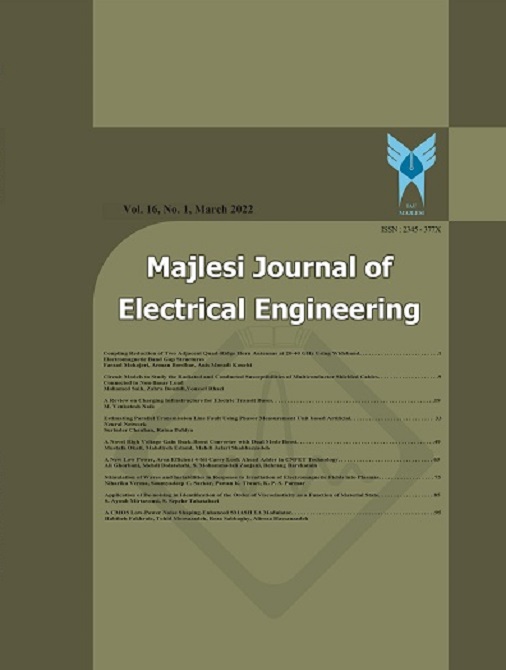[1] S. Haykin, Adaptive filter theory. Prentice Hall,4th edition, 2002.
[2] S. V. Vaseghi, Advanced digital signal processing and noise reduction. John Willey, 4th edition, 2008.
[3] O. Arican, A.E. Cetin, and E. Erzin, “Adaptive filtering for non-Gaussian stable processes,” IEEE Signal Processing Letters, vol. 1, pp. 163-165, 1994.
[4] J.A. Chambers and A. Avlonitis, “A robust mixed-norm adaptive filter algorithm,” IEEE Signal Processing Letters, vol. 4, pp. 46-48, 1997.
[5] E. V. Papoulis and T. Stathaki, “A normalized robust mixed-norm adaptive algorithm for system identification,” IEEE Signal Processing Letters, vol. 11, pp. 56-59, 2004.
[6] T. I. Haweel, and P. M. Clarkson, “A class of order statistic LMS algorithm,” IEEE Trans. Signal Processing, vol. 40, pp. 44-53, 1992.
[7] Y. Zou, S. C. Chan, and T. S. Ng, “Robust M-estimate adaptive filtering,” IEE. Proc.-Vis, Image Signal Processing, vol. 148, pp. 289-294, 2001.
[8] E. Soria, J. D. Martin, M. Martinez, A. Rosado, and J. Calpe, “A family of adaptive algorithms robust to impulsive noise,” In. Proc of the 2007 15’th Intl. Conf. Digital Signal Processing (DSP 2007), pp. 23-26, 2007.
[9] S. koike, “Adaptive threshold nonlinear algorithm for adaptive filters with robustness against impulse noise,” IEEE Trans. Signal Processing, vol. 45, pp. 2391-2395, 1997.
[10] T. Shao, Y. R. Zheng, and J. Benesty, “An affine projection sign algorithms robust against impulsive interferences,” IEEE Signal Processing Letters, vol. 17, pp. 327-330, 2010.
[11] Z. Yang, Y. R. Zheng, and S. L. Grant, “Proportionate affine projection sign algorithms for network echo cancellation,” IEEE Trans. Audio, Speech, and Language Processing, vol. 19, pp. 2273-2284, 2011.
[12] S. Wang, J. Feng, and C. K. Tse, “Kernel affine projection sign algorithms for combatting impulse interference,” IEEE Trans. Circuits and Systems-II:Express Briefs, vol. 60, pp. 811-815, 2013.
[13] M. Z. Ali Bhotto, M. Omair Ahmed and M. N. S. Swamy, “Robust shrinkage affine-projection sign adaptive-filtering algorithms for impulsive noise environments,” IEEE Trans. Signal Processing, vol. 62, pp. 3349-3359, 2014.
[14] L.R. Vega, H. Rey, J. Benesty, and S. Tressens, “A new robust variable step-size NLMS algorithm,” IEEE Trans. Signal Processing, vol. 56, pp. 1878-1893, 2008.
[15] I. Song, P. Park, and R.W. Newcomb, “A normalized least mean squares algorithm with a step-size scalar against impulsive measurement noise,” IEEE Tran. Circuit and Systems- II: Express Briefs, vol. 60, pp. 442-445, 2013.
[16] H. Zayyani, “Continuous mixed p-norm adaptive algorithm for system identification,” IEEE Signal Processing Letters, vol. 21, pp. 1108-1110, 2014.
[17] L. Weruaga and S. Jimaa, “Exact NLMS algorithm with lp-norm constraint,” IEEE Signal Processing Letters, vol. 22, pp. 366-370, 2015.
[18] J. Homer, “Detection guided NLMS estimation of sparsely parametrized channels,” IEEE Tran. Circuit and Systems- II: Analog and Digital signal processing, vol. 47, pp. 1437-1442, 2000.
[19] M.I. Skolnik, Introduction to radar systems. McGraw Hill,3th edition, 2003.

